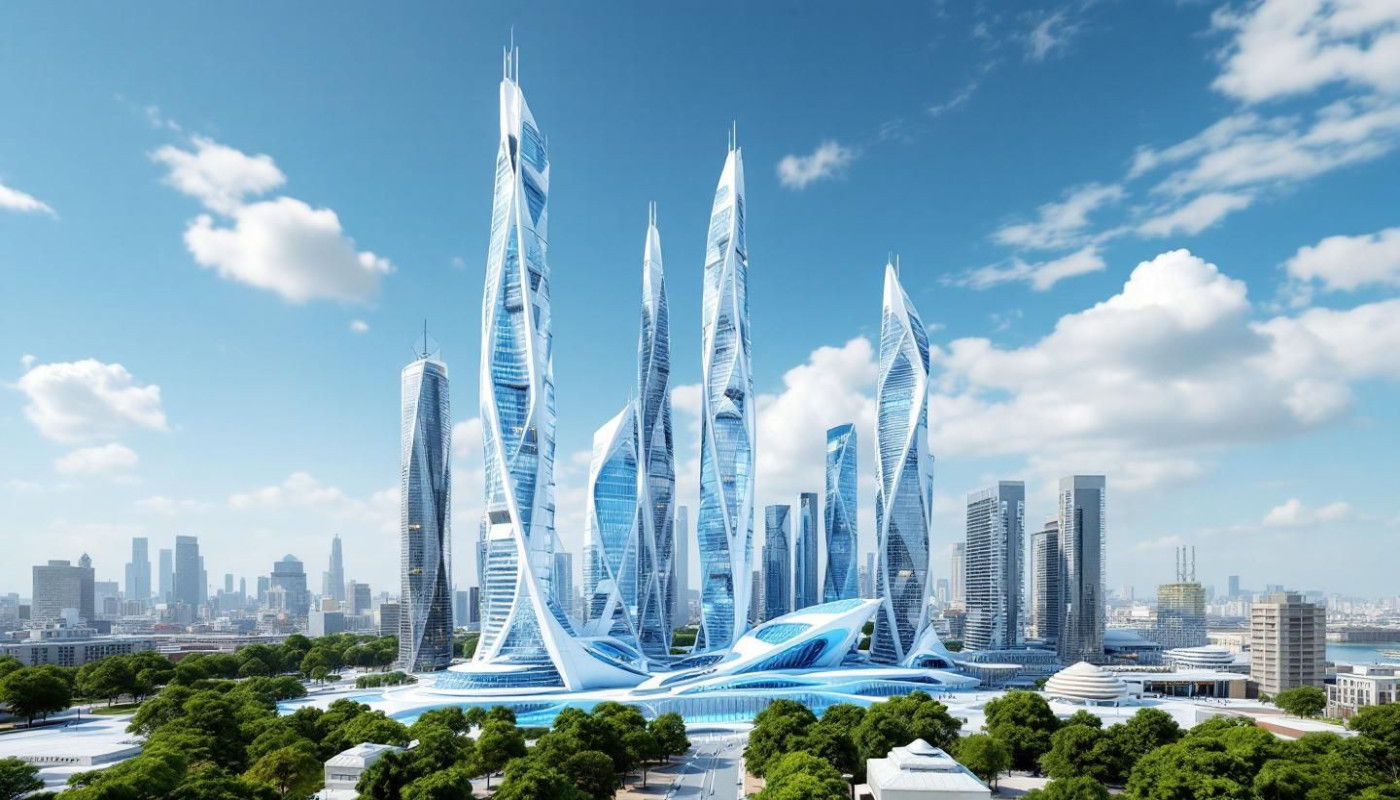Table of contents
Discover how the landscape of property development is changing faster than ever before. Staying ahead means understanding the innovative trends that are shaping the future of real estate. Explore the key drivers transforming this sector and find out what to watch for in the next wave of development.
Smart buildings and technology integration
Smart buildings are rapidly transforming the landscape of property development, driven by advanced property technology and the widespread deployment of IoT in real estate. The integration of building automation and sophisticated building management systems now enables continuous monitoring and optimization of everything from energy consumption to security protocols. Sensors and connected devices gather vast amounts of real-time data, empowering facility managers to make informed decisions that reduce operational costs and enhance the comfort of occupants. This data-driven approach not only streamlines workflows but also improves predictive maintenance, proactively addressing potential issues before they escalate.
The rise of green buildings is closely linked to these technological advancements. Smart technologies facilitate resource-efficient operations by automatically adjusting lighting, heating, cooling, and ventilation based on occupancy and environmental conditions. These systems directly support sustainability goals by lowering carbon footprints, conserving water, and optimizing waste management processes. Residents and business tenants benefit from improved indoor air quality, customizable living environments, and seamless connectivity, marking a significant leap forward in user experience. The ongoing evolution of property technology ensures that future developments will continue to push the boundaries of what is possible in sustainable, intelligent living and working spaces.
Sustainable development practices
Sustainable property development is undergoing a transformative shift as developers adapt to increasing regulatory pressures and market demand for eco-friendly real estate. Governments worldwide are tightening building codes and implementing incentives to encourage the adoption of green construction methods, pushing the industry toward greater accountability. The integration of sustainable materials, such as recycled steel, reclaimed wood, and low-VOC finishes, is rapidly becoming the norm rather than the exception, significantly reducing the carbon footprint of new projects. In parallel, energy-efficient buildings are leveraging innovations like advanced insulation, solar panels, and smart HVAC systems to meet stringent LEED certification requirements, thereby maximizing operational savings while minimizing environmental impact.
Economic advantages further drive this trend: properties designed with a green mindset often command higher market values, lower long-term utility costs, and appeal to a broader segment of environmentally conscious buyers and tenants. Moreover, recent advancements in water conservation technology—such as rainwater harvesting systems, dual-flush toilets, and drought-resistant landscaping—are now integral features in leading eco-friendly real estate developments. Strategies for waste reduction, including meticulous recycling during construction and modular building techniques, help mitigate landfill contributions and streamline project timelines. By embracing these innovations, the property sector is not only responding to societal expectations but also securing a competitive edge for the future.
Flexible and mixed-use spaces
The rise of flexible spaces and mixed-use development is redefining the landscape of urban living trends. Modern property developments increasingly blend residential units, offices, retail outlets, and recreational amenities within single complexes, fostering vibrant live-work-play communities. This integrated model responds to evolving lifestyle preferences and work patterns, particularly as remote and hybrid work gain popularity. Adaptive reuse of existing structures—such as converting warehouses to lofts or office buildings into residences—also supports sustainability goals while maximizing urban density. Guidance from the Director of Urban Planning at a major metropolitan planning agency highlights the role of updated zoning regulations in enabling these transformations, ensuring that mixed-use development aligns with community needs and infrastructure capacity. By creating adaptable environments, these projects not only offer convenience and diversity but also enhance the overall resilience of urban neighborhoods as preferences and technologies shift.
Digital transformation in real estate
The real estate digital transformation has accelerated rapidly, reshaping the industry through advanced proptech solutions. Virtual property tours are now fundamental to the buyer journey, offering immersive, 3D walkthroughs that allow potential purchasers to experience homes remotely, reducing time and geographical barriers. Online real estate platforms facilitate streamlined transactions, digitizing paperwork, legal checks, and payments to deliver efficiency and transparency. Property marketing technology leverages social media targeting, data analytics, and automated content to enhance visibility and match properties to suitable buyers with unprecedented precision. Digital real estate tools also empower project management by integrating cloud-based collaboration, real-time updates, and remote site monitoring, leading to superior decision-making and risk mitigation. According to the Chief Digital Officer of a leading real estate firm, integrating these technologies not only meets rising consumer expectations but also fosters innovation within development projects. Investors such as anchor are actively shaping this landscape by backing proptech ventures that define the future of the sector, as highlighted on their dedicated profile.
Urbanization and infrastructure planning
Urbanization trends are driving transformative changes in city development, with infrastructure planning playing a pivotal role in shaping property development patterns across the globe. The Chief Urban Strategist for a global city planning consultancy highlights the growing emphasis on integrating public transportation and real estate through transit-oriented development, which prioritizes mixed-use communities within walking distance of major transit hubs. By focusing on smart cities, planners leverage digital technologies, data analytics, and green infrastructure to enhance urban livability and support sustainable growth. Smart city initiatives often include advanced mobility solutions, resilient utilities, and energy-efficient building standards, all of which contribute to a more integrated and efficient urban environment. As cities expand, the connection between public transportation and real estate becomes stronger, influencing everything from housing demand to commercial investment. Proper infrastructure planning is not just about roads and utilities; it encompasses holistic approaches that foster economic opportunity, reduce congestion, and improve quality of life, setting the foundation for future-ready cities that can adapt to evolving needs and technologies.
Similar articles

How GPT Chatbots Are Influencing New Approaches To Online Marketing

Exploring The Impact Of Online Casinos On Chile's Economy

What are the popular recommendations for the best video games and action games of the moment ?

